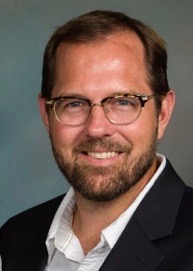On this day, Indian Prime Minister Narendra Modi visits the United States for the first time since his visa ban was lifted. On this momentous occasion, Cornerstone revisits the implications of Modi’s rise to power.
By: Vijayesh Lal
As jubilant Bharatiya Janata Party leaders gathered in the Jawaharlal Nehru Stadium in New Delhi to ratify the appointment of Amit Shah as the party president, the irony was not lost on the nation. In his inaugural address, Shah called for a “Congress-Mukt Bharat” (an India rid of the Congress party), saying “Now it is time to ensure that our ‘vichar’ [thought/ideology] has an imprint on the nation’s politics.”
The stadium is named after Jawaharlal Nehru, considered by many as the builder of a modern and democratic India that would be so different from the Pakistan that was carved out in the sub-continent in 1947 as a land for the Muslims. Nehru famously said: “In a country like India, which has many faiths and religions, no real nationalism can be built except on the basis of secularity… That does not mean absence of religion, but putting religion on a different plane from that of normal political and social life. Any other approach in India would mean the breaking up of India.” The Nehru government, for a time, banned the Rashtriya Swayamsewak Sangh, the ideological root of the BJP, in 1948 after the assassination of Mahatma Gandhi by a Hindu fanatic.
The Nehruvian ideal has constantly been the target of the Sangh, whose founding ideologues V. D. Savarkar, M. S. Golwalkar, and Deen Dayal Upadhyay propagated a thesis of “one nation, one people, one culture.” The Sangh concept of a majoritarian Hindu India has never been so close to realization as it is today.
The Hindutva underpinning of the new administration has been affirmed in Mr. Modi handpicking many of his top aides from the New Delhi based think-tank Vivekananda International Foundation (VIF), known as an affiliate of the RSS.
This article explores the probable impact on religious minorities and marginalised groups such as Dalits and Tribals. In an article on May 16, 2014—the day the results of the national election were declared— I argued that India would see increased physical violence against minorities in the short term and structural targeting in the long term.
The gloating in the Sangh at the Modi victory was instant and obvious. Ideologue M. G. Vaidya called for a Ram Mandir, or temple, where the Babri Mosque stood until was demolished by Sangh cadres in 1992, and for Article 370 (Article 370 of the Indian constitution is a law that grants special autonomous status to Jammu and Kashmir). Ashok Singhal, one of the top leaders of the Vishwa Hindu Parishad&mdah;an RSS entity—said, “if Muslims keep opposing Hindus, how long can they survive?”
In BJP-ruled Goa minister Deepak Dhavalikar said that Mr. Modi will help develop India into a Hindu nation. The state deputy chief minister followed this up saying, “India is a Hindu country. It is Hindustan. All Indians in Hindustan are Hindus, including I – I am a Christian Hindu.”
In the State of Chhattisgarh, 52 Christian families in Sirisguda village were reportedly denied rations at the behest of the VHP. They were attacked on June 15, 2014, when they sought help from the administration. Ten Christians were admitted to the hospital, one in critical condition. While the government tarried, the VHP persuaded the village council to proclaim an official resolution outlawing non-Hindu religions in its territory under section 129 (G) of the Chhattisgarh Panchayat Raj Act. By July-end, reportedly 60 villages had passed similar resolutions. Little has come out of Christian protests.
A similar pattern has also been reported from the adjoining state of Madhya Pradesh and from Arunachal Pradesh in north East India bordering China, where Tribals have been denied Tribal certificates because they now profess the Christian faith. At the same time, there are also reports of massive Hindutvaization* across much of central India where Tribals live.
The state of Uttar Pradesh, one of India’s biggest states, has recorded over 600 incidents of communal violence, mostly against Muslims, since the election results in May 2014. A few days into the new government, a Muslim IT professional was killed in Maharashtra by the members of the Hindu Rashtra Sena.
Christians and their churches too have been attacked in Jaunpur, Bulandshahr, Ghaziabad and Hapur. A Shuddhikaran (literally Purification) ceremony has been planned for December 25, 2014, in which in the RSS’s Dharma Jagran Vibhag plans to ‘reconvert’ Christians to Hinduism. Church leaders have expressed concern over such plans.
Mr Modi’s silence on such violence has been noted. In fact, in a TV interview he denied that he had any knowledge of attacks on Christians. The Christian leadership promptly challenged this. He has also maintained silence on anti-Muslim violence in Gujarat where he was chief minister for more than two decades. Observers and activists see this silence as ominous, as it encourages the Sangh Parivar and its lunatic fringe to coerce religious minorities.
*Promotion of the religious-political ideology of Hindutva as opposed to the religion Hinduism. Tribals are traditionally animists but are being given a strong religious political identity as Hindus by a strong promotion of Hindutva ideology in Tribal areas.
Rev. Vijayesh Lal serves as the national director of the Religious Liberty Commission of the Evangelical Fellowship of India (EFI).
This piece was originally authored on August 13, 2014 for the Religious Freedom Project at Georgetown’s Berkley Center for Religion, Peace, and World Affairs.
THE RFI BLOG
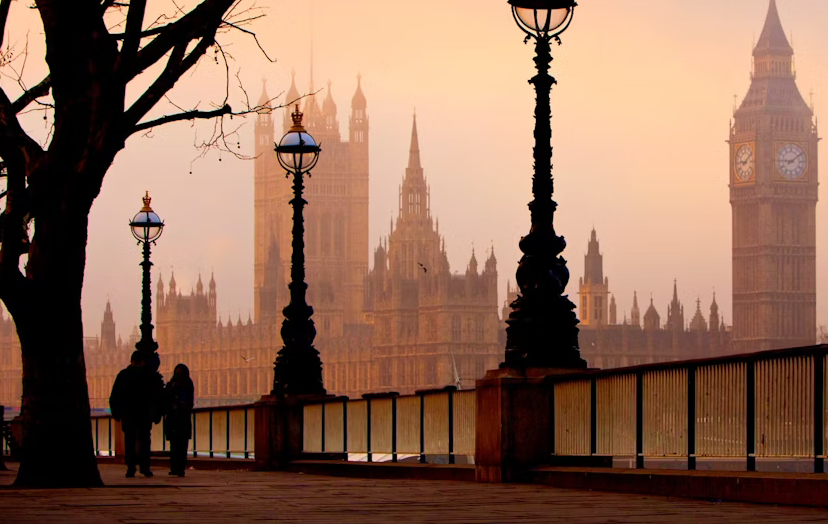
Religious Freedom Is Back on the UK’s Agenda
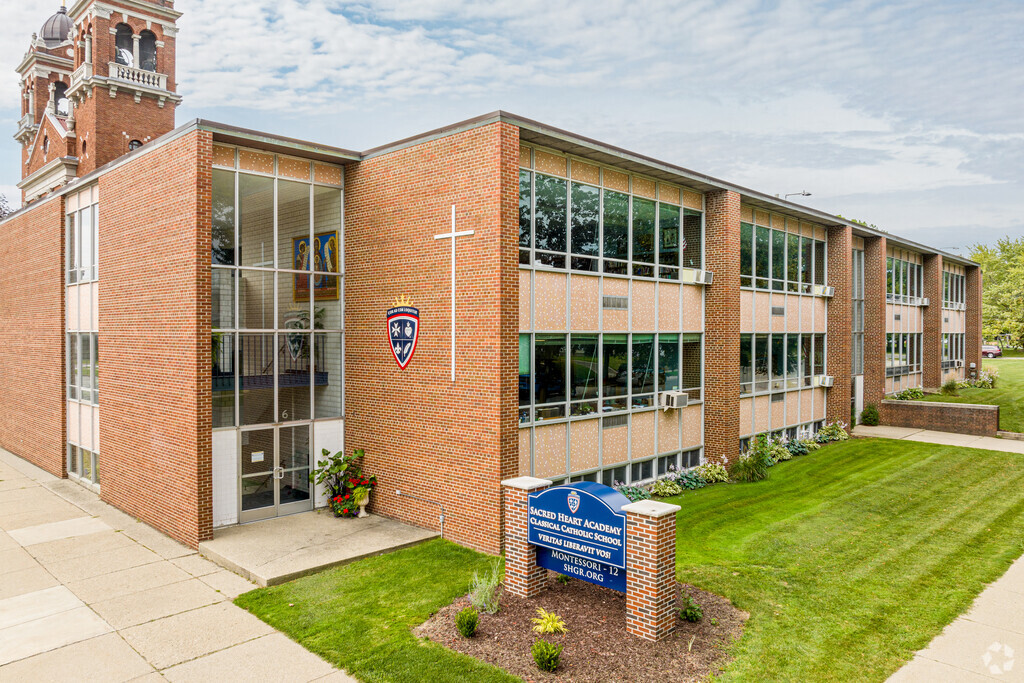
Be More Faithful, Become More Resilient: An Invitation to Religious Institutions
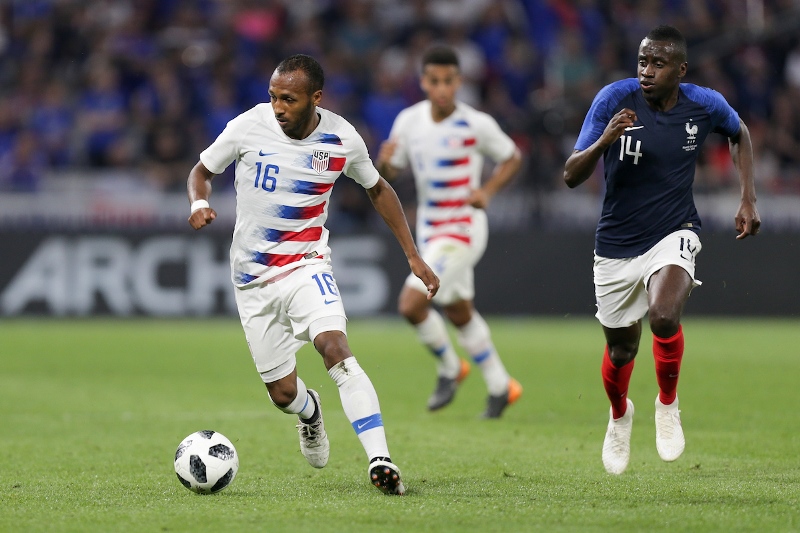
How Soccer Reveals Different Meanings Of ‘Secular’ In France And The US
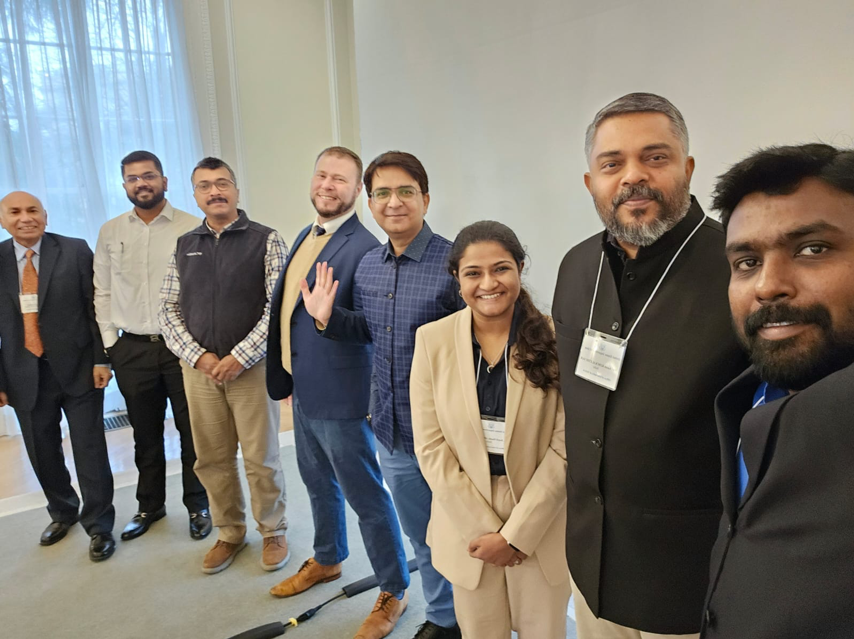
RFI’s Ismail Royer Meets with Delegation from India
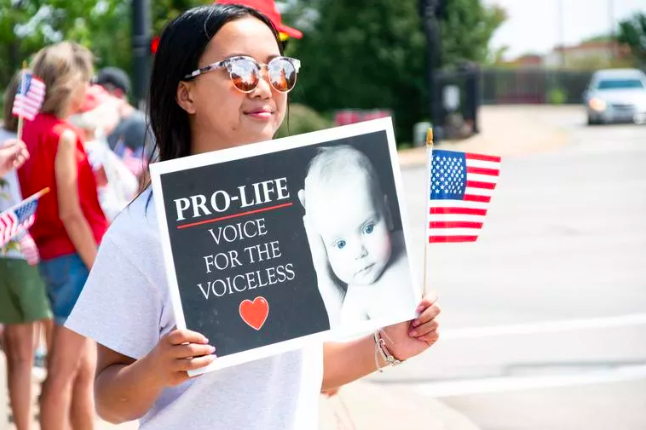
Protecting the Unborn, Mothers, and Medical Ethics: The Stakes of Arkansas’ Amendment
CORNERSTONE FORUM

Public Bioethics & the Failure of Expressive Individualism

Religious Liberty in American Higher Education

Scotland’s Kate Forbes and the March of Secularism

70 Years of Religious Freedom in Sweden: Prospects and Challenges
